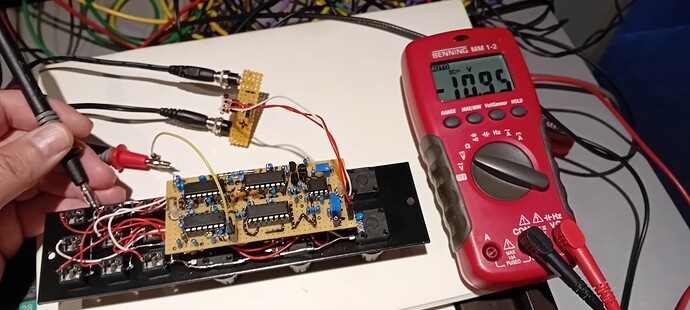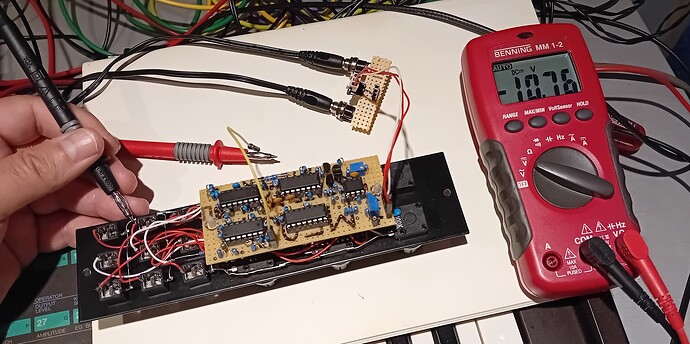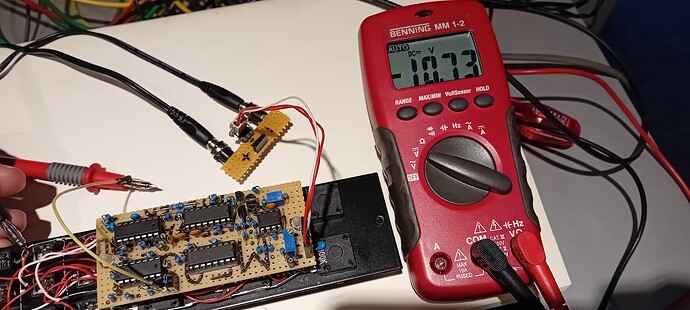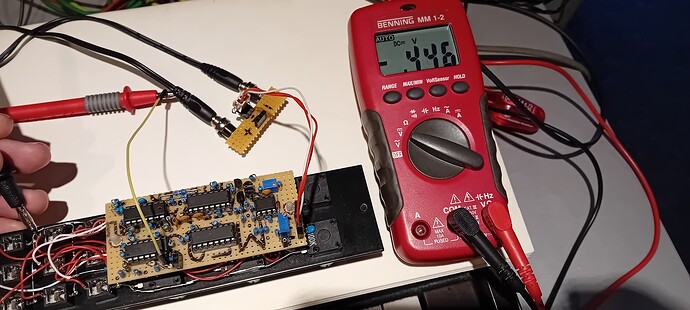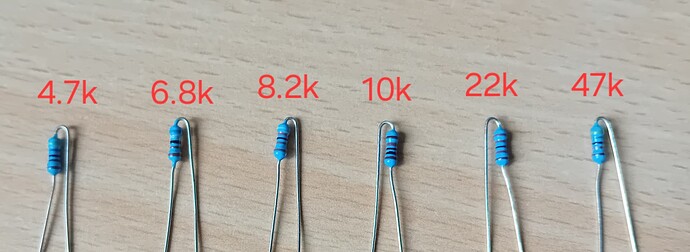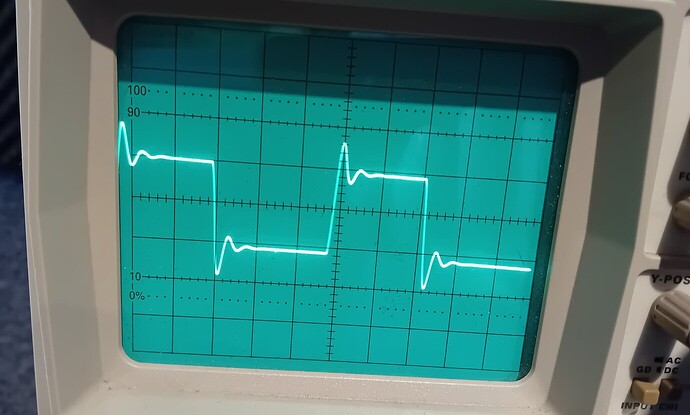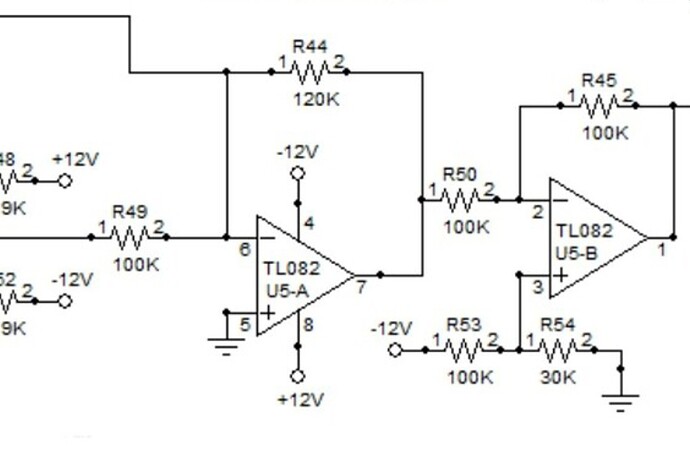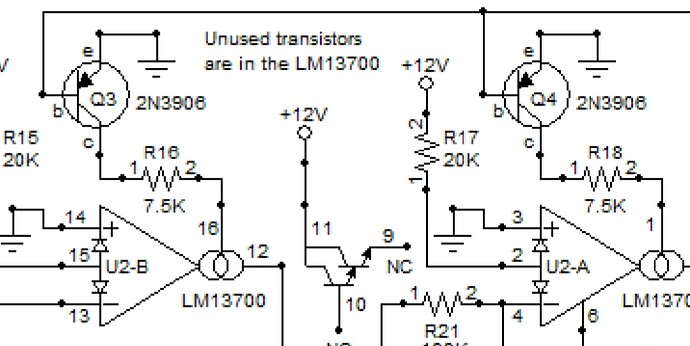With U6 removed, the opamps in U5 are also essentially out of the circuit as their outputs go to the removed U6 and have no way to reach the rest of the circuit to affect it.
With U6 removed, the output of U3-B goes nowhere through U3-D, so the source of the remaining resonance must be elsewhere.
Feeding back the BP output to the input of the circuit is a standard part of a state variable filter design.
I was not very familiar with state variable filters, but I found this video that explains them quite well.
https://www.youtube.com/watch?v=esKrrjFJyuk
As for why R44 is 120k instead of 100k, that just gives a bit more gain on the XRES input. I’m not sure why that was deemed necessary.
At this point, I am pretty much out of ideas, I won’t claim to fully understand the main part of the filter.
The output of U4-B (which is essentially the BP output before it is buffered by U3-B), seems to be fed back to the input of U2-B through R23 at the same point that RB, the output of the resonance control circuit, is also fed back.
So it seems like that could be the source of the remaining resonance when U6 is removed, but it could also just be part of the negative feedback loop around U2-B, since that part of the circuit is identical to the circuit formed by U4-A and R24 in the negative feedback loop of U2-A.
I’ll let you know if I come up with other ideas, but I wouldn’t be surprised if that resonance is an unavoidable “feature”, an integral part of a state variable filter which, by design, relies on feedback of both the LP and BP outputs to the input.
If you really want to try something, you can see what effect changing R23 has.
Actually I’d be tempted to remove it entirely to see if the BP fed back through the resonance control circuit is sufficient to keep the state variable filter functioning normally.
But don’t feel you have to do that on my behalf, it seems like it could be a difficult task with risks of damaging the circuit.
